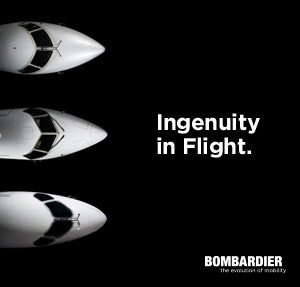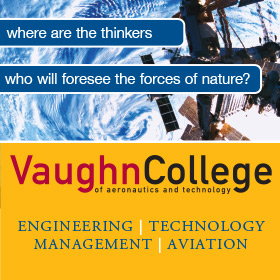STS-119 Launches on Mission to Ready Station for Larger Crew
Written by thomas · Filed Under Aeronautics NewsMarch 16, 2009
| United Space Alliance unveiled its new corporate logo this week at the National Space Symposium in Colorado Springs. The new logo features a crescent and star inside the “A”, signifying new horizons for the company and its customers, and the human ingenuity and innovation that will be required to reach those new horizons. (PRNewsFoto/United Space Alliance)
COLORADO SPRINGS, CO UNITED STATES KENNEDY SPACE CENTER, Fla., March 15 /PRNewswire/ — Space Shuttle Discovery lifted off today on a mission to deliver the International Space Station’s (ISS) final set of solar array wings that will help fully power science experiments and support an expanded crew of six. In addition to supporting the ISS with the delivery and installation of the Starboard 6 truss segment, Discovery is carrying technologies that will enhance the hardware, systems and operations of the next generation of exploration vehicles. The mission is hosting two detailed test objectives (DTOs), or experiments, geared at gaining data to improve the next generation Constellation vehicles, and United Space Alliance played an important role in the development and implementation of both. The Crew Seat DTO will measure the linear and vibrational acceleration of Shuttle flight deck seat three and mid-deck seats five and seven. Each seat will have three accelerometers placed on the seat pan, the backrest, and the headrest. Acceleration and g-loading data from this DTO will be used in conjunction with human factors data to determine the minimum readable font size during launch for the display formats on the next crew vehicle, Orion. The Boundary Layer Transition DTO is designed to demonstrate that a protuberance on a BRI-18 thermal protection system tile is safe to fly. Sensors on the tile, information from a long-range infrared camera and data collected by onboard instruments will help engineers evaluate the disruption of supersonic air across the BRI-18 tile, which is currently being considered for use on Orion. “This mission exemplifies that the Shuttle is a reliable and versatile vehicle that has served and continues to serve our human space exploration needs well,” said Mark Nappi, USA Vice President Launch & Recovery Systems and Florida Site Executive. “Its unique capabilities are being used as a test bed for experiments that directly impact the future of space flight.” Since its first operational mission, STS-5, the Shuttle has hosted an array of tests and demonstrations that have enabled advancements in various fields including large scale assembly operations and multi-disciplinary sciences. Large scale assembly operations on previous missions paved the way for current ISS construction work. The EASE/ACCESS test on STS-61B challenged astronauts to construct the first large structures in space. Crew members assembled small components to form larger structures, similar to what is done today in Station assembly. Science conducted on previous missions demonstrated the ability of the Shuttle to support progressive research over long periods of time. STS-9 was the first flight of the Spacelab system that was designed for on-orbit scientific research in fields ranging from astronomy and meteorology to life science experiments that shed light on how the human body responds to microgravity. This and subsequent Spacelab missions established research protocols and methodologies for long-duration space flight. “Throughout its history, the Shuttle has served as a proving ground for establishing a productive and permanent human presence in space,” said Nappi. “Its dynamic capabilities have resulted in continuing safety and performance improvements for the current system, as well as a wealth of knowledge that benefits future human space flight endeavors.” About United Space Alliance: United Space Alliance is a world leader in space operations with extensive experience in all aspects of the field. Headquartered in Houston, USA has 10,000 employees working in Texas, Florida and Alabama. Currently, USA is applying its broad range of capabilities to NASA’s Space Shuttle, International Space Station and Constellation programs as well as to space operations customers in the commercial and international space industry sectors. |
» Próximo Post - PAG Named as Exclusive Distributor for Ahlers Aerospace Aftermarket Products
« Post Aneterior - navAero lands major Class 2 EFB contract with Norwegian Air Shuttle
Comments
¿Tiene algo que decir?
You must be logged in to post a comment.







